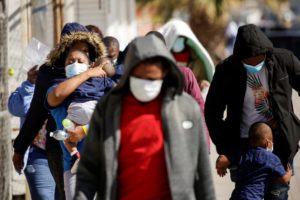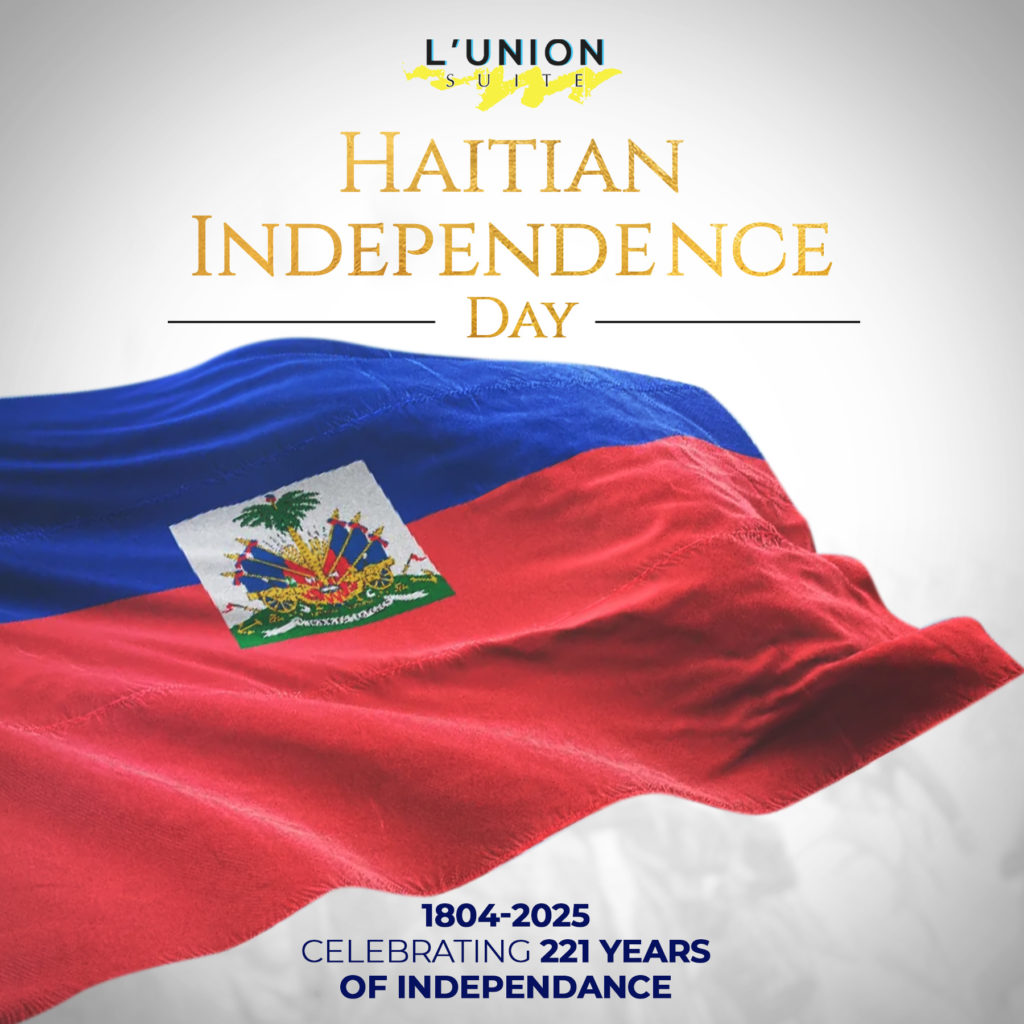The strongest hurricane in the Atlantic in almost a decade is expected to hit Haiti and Jamaica on Monday, the US National Hurricane Center says. Haiti began evacuating residents by boat from outlying islands in preparation for Hurricane Matthew, which threatens to wreak widespread damage in the region with flash floods and winds at about 150 miles per hour.
Hurricane warnings are currently in effect for Jamaica, Haiti and the Cuban provinces of Guantanamo, Santiago de Cuba, Holguin, Granma, and Las Tunas.
Matthew is one of the most powerful Atlantic hurricanes in recent history and briefly reached the top classification, Category 5, becoming the strongest hurricane here since Felix in 2007.
As of 11 a.m. EDT, the storm was centered about 340 miles south-southwest of Port-au-Prince, Haiti. Matthew is now drifting west at 3 mph with maximum sustained winds of 140 mph.
Hurricane warnings were issued for Jamaica and most of Haiti Saturday night as Category 4 Matthew barreled toward the coast carrying winds of 150 mph, according to the National Hurricane Center. The storm was “barely moving” Saturday evening, the hurricane center said, but it was expected to pick up speed.
Southern Haiti could expect more than 15 inches of rain, with up to 40 inches in some areas, while 20 inches could fall in Jamaica. Storm surges in Jamaica could reach 2 to 4 feet above normal tide levels, while in Haiti they could reach 5 to 8 feet, according to the hurricane center.
Parts of Cuba and the Dominican Republic could expect up to 25 inches of rain, which could cause life-threatening flash-floods and mudslides, according to the hurricane center.
Residents have been stocking up on emergency supplies. Jamaican PM Andrew Holness has urged citizens to make preparations . The category-four hurricane is expected to bring up to 64 cm (25 inches) of rain, which could trigger life-threatening landslides and floods, according to forecasters.
The storm is expected to make its way toward the Bahamas later in the week, but Feltgen said it’s too early to tell what impacts the storm might have in the U.S






























